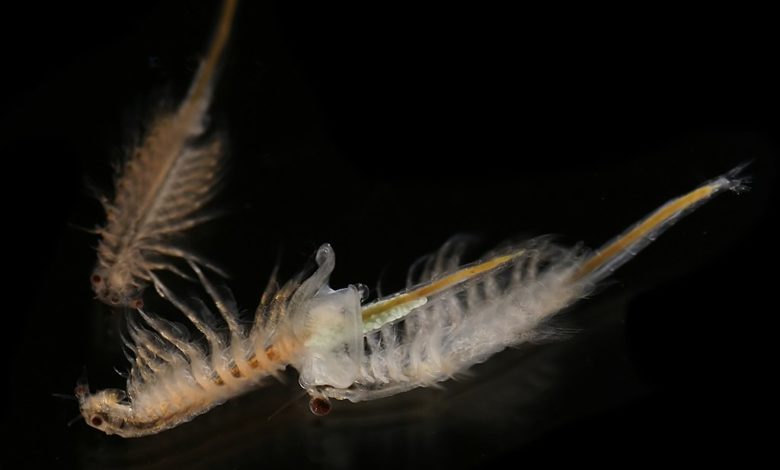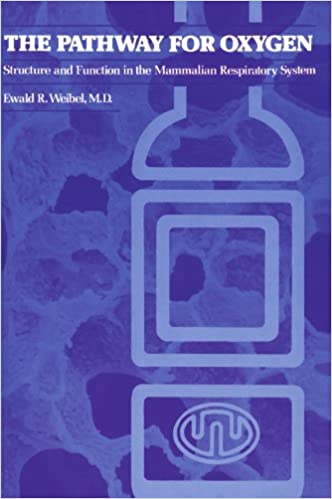Say Hello to My Little Friends…

Why, yes. I am a grown-ass, middle-aged, adult professor hatching Sea Monkeys in her office. In case anyone from the IACUC is reading this, they are friends. Not research subjects.
I confess, my motivation is purely driven by physiology. I love oxygen, oxygen delivery, and oxygen transport.

I am teaching a respiratory physiology class this term and we are talking about the facilitation of oxygen delivery by hemoglobin and why it is so critical that we have it. Sitting at my desk too late one evening, I went over to the literature and fell down the Web of Science rabbit hole.
I came across this old paper from 1954 looking at extracellular hemoglobin in A. salinas. They make extracellular hemoglobin when the oxygen concentration of the water is low. How do they do it?? It’s extracellular, so they’re not making erythropoietin. My first thought was, “I gotta see these little rascals. So, I went to Amazon and bout some Sea Monkeys (Actually, I bought Aqua Dragons, the knock off Sea Monkeys. I’m a bitch on a budget)
The authors concluded:
“Since brine shrimps are found in nature in waters of widely different salinity, they must also be subjected to different amounts of dissolved oxygen. Animals in the more concentrated brines will have less available oxygen than those in more dilute brines; they will, therefore, synthesize more haemoglobin and so become redder in colour. It seems, then, that the differences in intensity of the red colour of Artemia in different salinities, as observed by many investigators, can be interpreted in terms of the gain and loss of haemoglobin.”
That’s when I realized, there was a figure that was bothering me…

The author found that hemoglobin increased as the amount of oxygen in the water went down, but the salinity of the water was never constant. Is it possible, could it be, that the response is not only driven by the oxygen tension but by the salinity, as well? Does salt change the hemoglobin’s affinity for oxygen, thereby stimulating the creation of more hemoglobin?
IT DOES!!! Sidwell, Munch, Barron, and Hogness found that increasing the concentration of sodium and potassium salts can decrease hemoglobin’s affinity for oxygen, even when the pH is held constant.
I had no idea. Every year I teach that pH, temperature, CO2, and 2,3-DPG are the main influencers of hemoglobin’s affinity for oxygen, but salt? What does this mean for athletes who over-hydrate during a race? What about dialysis patients?
And what would A Salinas do if they experienced intermittent hypoxia?
My mind is blown. I’m looking forward to watching these little nuggets grow up.







good
Very Nice